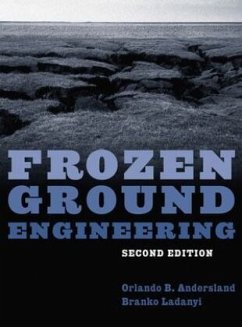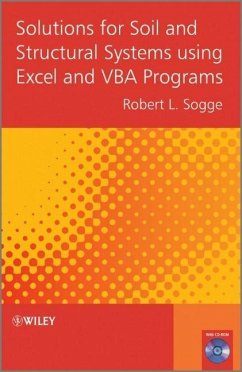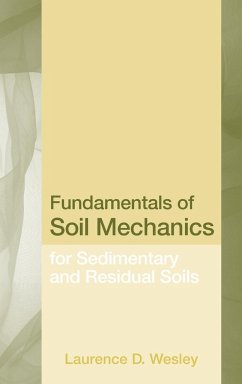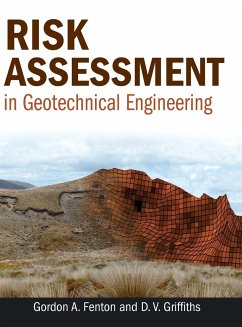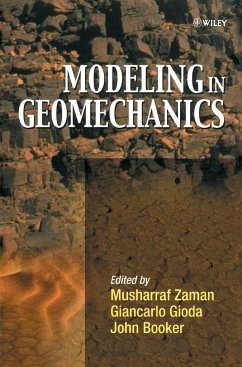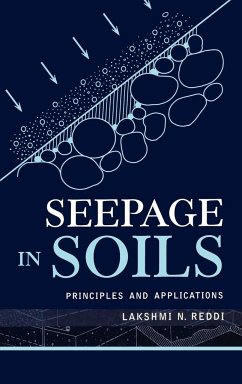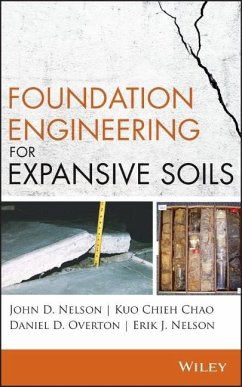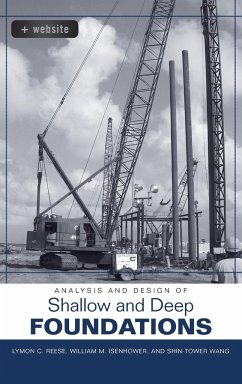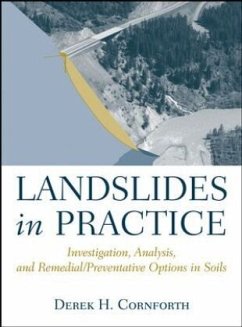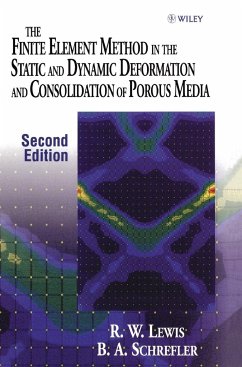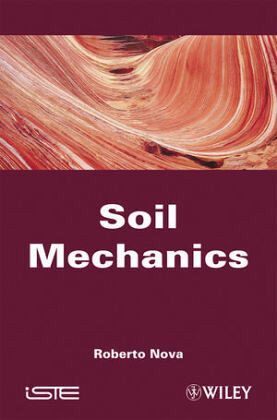
Soil Mechanics
Versandkostenfrei!
Versandfertig in über 4 Wochen
231,99 €
inkl. MwSt.
Weitere Ausgaben:

PAYBACK Punkte
116 °P sammeln!
Knowledge of the behavior of soil mechanics is essential for forecasting the internal displacements and actions of any construction. This book, although theoretical at first glance, also offers a more practical scope, giving readers adequate tools to plan geotechnical projects correctly.



